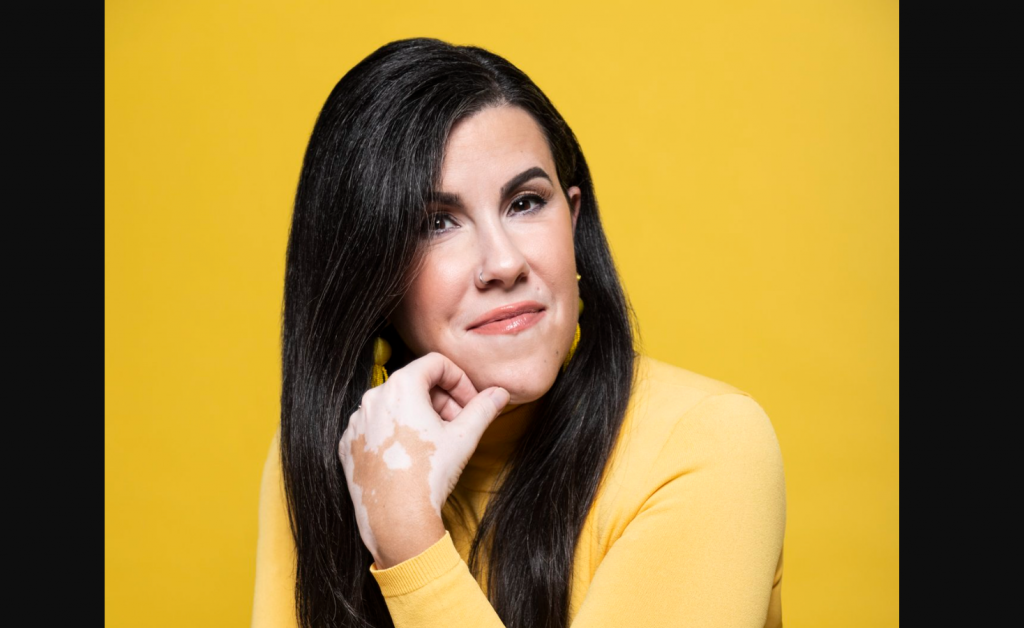After years of sprinkling the “buzzword” of AI on all sorts of societal or organizational issues, could it be that the year of artificial intelligence has finally arrived? Here are 6 trends to watch in communication and marketing in 2023.
1 – The rise of “intelligent” content
The year 2022 ended with a stir in the education world with the release of the ChatGPT artificial intelligence application, which can generate fluid and credible text compositions. And this is just the beginning, according to Francis Jette, a consultant and digital content strategy trainer at Isarta:
In 2023, the word to remember according to me is: AI. And all applications that go in this direction: ChatGPT, Dall-E, Lensa. Artificial intelligence will be increasingly used in the coming year to facilitate content creation, both textual and visual or video. The key will be to understand how to take advantage of these tools to stand out.”

In addition, the use of AI may raise ethical questions and dilemmas for businesses and content managers: should the use of AI in the production of a text be explicitly announced (as would be done in the case of a “sponsored” text), how to verify the “originality” or “authenticity” of content? And other reflections of the kind!
2 – The rise of the “green” generation
In 2023, the arrival of the Gen Z on the job market is likely to have a concrete impact on the way of consuming and engaging in dialogue with brands.
The way to reach those under 25 is completely different, according to Richard Saad, senior marketing consultant and trainer at Isarta. The Gen Z was born with digital technology and has a very sharp environmental awareness.”
For this generation, what is important is not what they buy, but rather “the impact” of what they buy, he explains. How will my purchase contribute to improving a social or environmental cause.
The Gen Z is very sensitive to ESG (environmental, social and governance) criteria; it wants to do business with impactful companies.”
3 – First real effects of Law 25 (Quebec) and Bill C-27 (Canada)
In terms of privacy protection, several legislative changes announced in 2022 (such as the Quebec law and the Canadian bill) will take effect in 2023.
We are in the era of data protection, and this trend will not go away, says Richard Saad. Therefore, the approach and techniques of marketing must change. Brands must focus on the message (“are we solving a real problem?”) rather than trying to steal clicks here and there, or buying influence.”
Brands should place more emphasis on word-of-mouth and building strong communities where the product “meets a real need,” he insists. This will allow companies to develop “ambassadors” around their brand.
4 – New advertising channels on streaming platforms
The end of third-party cookies marks the beginning of a new era of marketing profiling: that of streaming platforms.
In 2023, Netflix will begin online advertising, says the senior consultant. This is something that people in marketing will have to watch. It will offer very important profiling capabilities. Marketers will be able to segment their customers based on their listening habits.”
Should we expect other major platforms – such as Disney+, Hulu, and HBO Max – to join the trend?
I believe they will first wait to see how Netflix’s experience goes and learn from it to launch their own package including online advertising,” he concludes.
5 – Increased investment in “quality” advertising
Without the use of third-party cookies, “closed” advertising placement platforms will lose some of their appeal. Added to the fact that some ecosystems raise questions of transparency or accountability. Think of the recent controversies of Twitter (in the hands of Elon Musk) and TikTok (suspected of being under the control of the Chinese government).
Brand safety will be on the minds of marketers, believes Benoît Skinazi, head of marketing at Sharethrough. In the wake of the problems faced by Meta, Twitter, TikTok and others, we could see a new increase in investment in quality advertising on the open web.”
Benoît Skinazi admits that advertising on social networks has long been attractive to digital marketers, as it “offered an easy way to reach targeted audiences.”
However, 60% of browsing time is spent on the open web, he notes, the rest being spent on closed gardens such as Facebook (Meta), Instagram, TikTok, and YouTube… Marketing specialists are starting to transfer more budgets to the open web, which is increasingly offering transparency and security for brands.”
6 – Recession: slow down or… speed up?
In the face of the announced recession, companies will have to position themselves in their marketing strategy. The dilemma is as follows: reduce expenses (including marketing budgets) or invest in recovery by maintaining visibility.
The general trend will be to reduce marketing budgets, predicts Richard Saad. That being said, each company has its own marketing strategy. Then there will be opportunities to seize in terms of visibility: the cost per click or the cost per impression will be lower, due to a decrease in demand.”
Benoît Skinazi also expects a recession.
The recession will probably still be a current topic for next year, he says. We have seen cases where brands that spend during a recession come out with an increase of more than 170% in their market share. So we always recommend brands to spend during this period.”
Good recovery for 2023!




